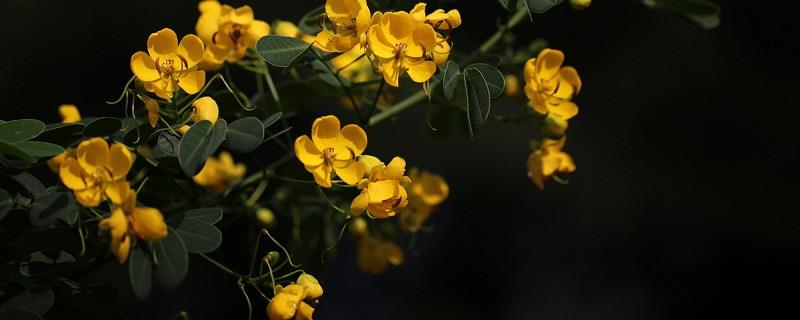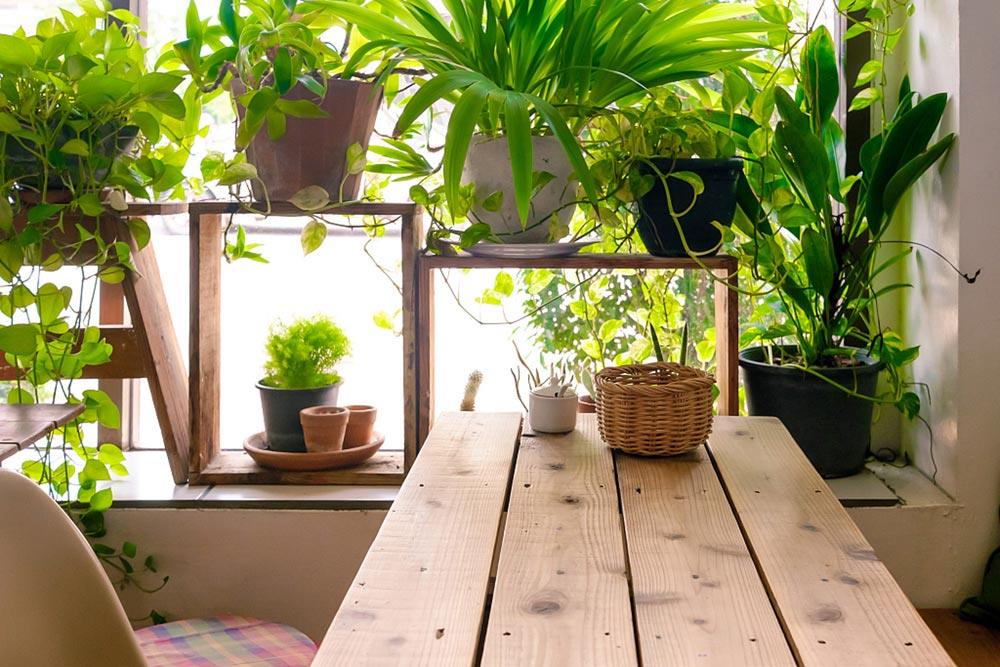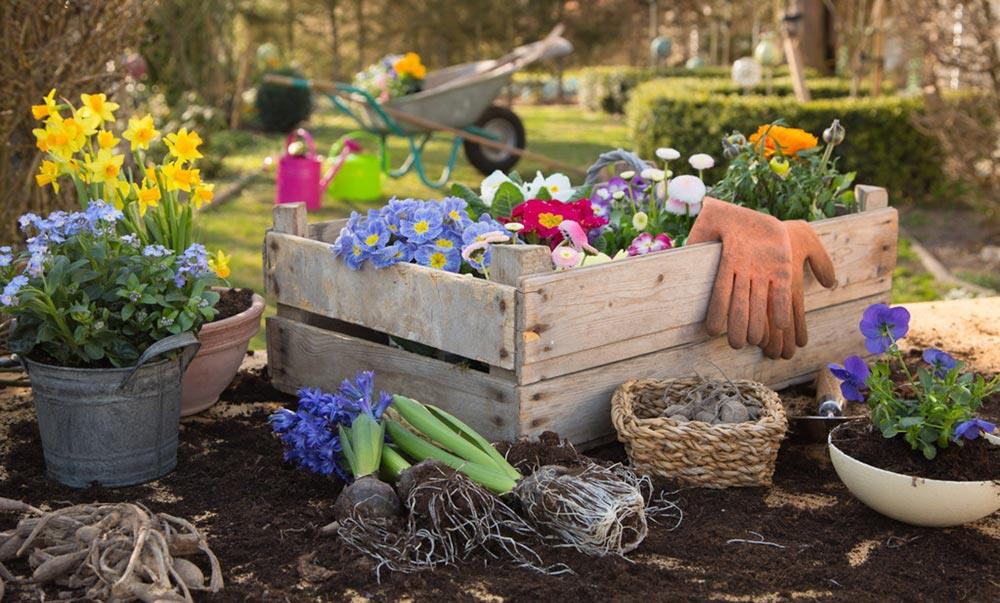How to grow Sophora cassia
Last Update :2024.05.12
Article Catalog
3. Problem diagnosis and treatment
It is a shrub or small tree plant. Therefore, they grow relatively tall, usually around five to seven meters. It has many branches. It has seven to nine pairs of leaflets, which are oval or egg-shaped and have soft hairs. Its raceme-like inflorescences are born in the leaf axils of the upper branches. The sepals are also oval in shape and vary in size. The petals are bright yellow or dark yellow in color.

1. Maintenance methods
1. Maintenance methods
1. Temperature: The temperature is between 15 and 30 degrees, which is more suitable. According to its habits, it can tolerate a low temperature of minus 2 degrees in a short period of time, and ordinary frost will not do much harm to it. However, it is very afraid of wind, so it should not be blown by cold wind in winter.
2. Light: Generally speaking, it is a neutral plant, slightly positive. If it is a young plant, it prefers shade. However, if it is an adult plant, its requirements for sunlight will be relatively higher, so it should not be left in a shady place for a long time.

3. Watering: Sophora cassia is very sensitive to water. The demand is not high, and its drought tolerance is very good. Therefore, you don’t need to water too much. Moreover, when choosing a sowing location, don’t choose a place that is too low-lying, otherwise it will be prone to waterlogging when it rains.
4. Fertilization: Sophora cassia requires less fertilizer. Generally speaking, as long as there is an appropriate amount of nutrients in the soil, it will be enough. Fertilizing once or twice during the entire growth period is enough.

2. Breeding skills
1 . Propagation: The most commonly used method is seeding, but the germination rate is not too high overall. Women can sow seeds in the spring on March 2. Before sowing, soak it in 40-50% warm water and then sow. Specifically, the "drill sowing" method is most suitable, and the strip spacing is about 25 centimeters. In addition, it needs to be covered with about one centimeter of soil. After about ten days, they will germinate.
2. Pruning: During winter, probably after the leaves fall, pruning is required. In addition, it is best to prune it after it blooms. Then for its shape, you can cut it into a small tree shape.

3. Problem diagnosis and treatment
1 , Diseases: The main disease is called "damping off", also called "blight out". Class A thiophanate can be used to treat it. In addition, there is another disease called "stem rot", which can be treated with carbendazim and requires shade.
2. Pests: There are not too many pests. If they appear, they can be captured manually or use trichlorfon.

4. Other questions
1 , Toxicity: It is not poisonous, and it is also a medicinal material.
2. Can it be raised at home: Generally not. Firstly, because it is a shrub or tree, it is tall and takes up a lot of space. Secondly, it is not an ornamental species.
2. Breeding skills
3. Problem diagnosis and treatment
4. Other issues
- END -
Forsythia flowering time, blooming colors

Its flowering time is usually in early spring every year, specifically between Mar...
Does Asparagus bloom? Pictures of Asparagus

Asparagus is often cultivated as a foliage plant, but in fact it also blooms. The ...